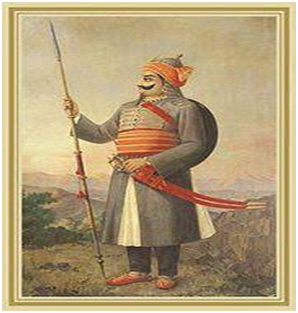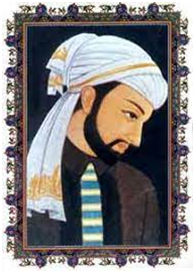- Books Name
- Social Science Book
- Publication
- Cognizance Publication
- Course
- CBSE Class 7
- Subject
- Social Science
Social Construct
New social and political groups
The study of the thousand years between 700 and 1750 is a huge challenge to historians, largely because of the scale and variety of developments that occurred over the period. New technology like Persian wheel in irrigation, the spinning wheel in weaving and firearms in combat, new foods and beverages arrived in the subcontinent- potatoes, corn, chilies, tea and coffee.All these innovations- new technologies and crops came along with people, who brought other idea with them as well.
This was a period of economic, political, social and cultural changes.This was also a period of great mobility when group of people travelled long distances in search of opportunity.One such group of people who became important in this period were the Rajputs derived from the word” Raja Putra’ , son of a ruler.

Other group of people such as Marathas, Sikhs, Jats, Ahoms and Kayasthas also used the opportunities of the age to become politically important.Throughout this period , there was a gradual clearing of forests and extension of agriculture. This forced many forest dwellers to migrate.Others started tilling the land and became peasants. These group of peasants began influenced by regional markets, chieftains, priests, monasteries and temples.They became part of large societies and were required to pay taxes and offer goods and services to local lords.
As society became more differentiated, people were grouped into jatis or sub- castes and ranked on the basis of their backgrounds and their occupations. Ranks are not fixed permanently, and varied according to power, influence and resources controlled by members of jati. Jatis frame their own rules and regulations to manage the conduct of their members.These regulations were forced by an assembly of elders described in some areas as the Jati panchayat. But justice were also required to follow the rules of their villages.Several villages were governed by a chieftains. Together, they were only one small unit of a state.
Region and empire (Northern, Southern)
Large states like those of the Cholas,Tughluqs and Mughals encompassed many regions. A Sanskrit prashasti praising the DelhiSultan Ghiyasuddin Balban tells that he was the ruler of a vast empire that stretched from Bengal in the east to Ghazni in Afghanistan in the Westand included all of South India. There were conflicts between various States and the people of different region fled from their armies. When the Mughal Empire declined in the 18th century, it led to the emergence of regional states.
Amir Khusrau noted in the 13th century that there were many different languages in every region of this land. In southern karnataka, Sindhi,Lahori, Kashmiri, Dvarsamudri ; In Andhra Pradesh ,Telangani ;In Gujarat, Gujari; In Tamilnadu, Malabari.In Bengal- Gauri; In Eastern UP, Awadhi; around Delhi, Hindawi. In contrast to these languages, there was Sanskrit which did not belong to any region. It was an old language that ‘common people did not know it, only the Brahmans do’.


 Cognizance Publication
Cognizance Publication
